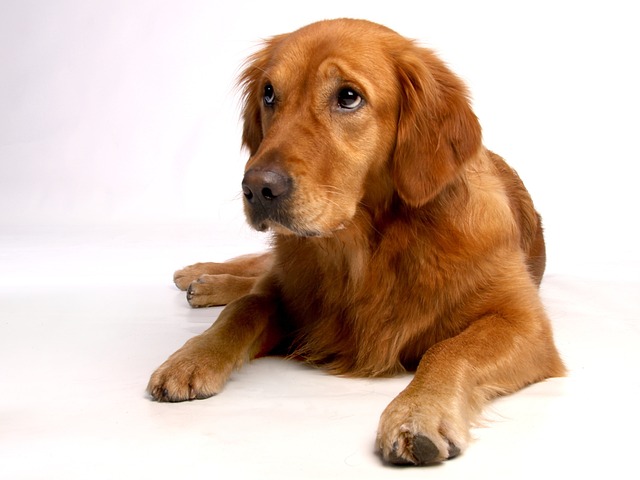
What is glaucoma in a dog?
You might notice your dog squinting more at mealtime or avoiding bright sunlight—these small changes could be early signs of a serious eye condition.
You’re playing fetch with your terrier, Scout, in Austin’s Zilker Park when his breath makes you recoil – like something died in his mouth. That guilty thought hits: "Maybe it’s time for a professional cleaning... but what actually happens behind those clinic doors?" Understanding your vet’s toolkit eases anxieties and highlights why professional dog dental cleaning can’t be replicated at home. Let’s pull back the curtain.
Veterinary dental cleanings address what brushing misses: subgingival plaque lurking below swollen gums. This requires general anesthesia – a non-negotiable safety step allowing thorough scaling and oral exams. Your vet’s arsenal starts with ultrasonic scalers that vibrate tartar off teeth using high-frequency sound waves, followed by hand instruments for precision work near delicate gum tissue. Next, a prophy polisher with pet-safe pumice paste smooths enamel surfaces, slowing future plaque buildup. Crucially, veterinary dental tools include digital X-rays detecting hidden problems like fractured roots or bone loss – issues affecting 80% of dogs over three years old.
The process begins long before Scout’s appointment. Your vet requires current rabies vaccination (legally mandated in all states like California) and pre-anesthesia bloodwork to assess kidney/liver function. On procedure day, an IV drip maintains hydration while specialized monitors track Scout’s oxygen and heart rate. After scaling, his teeth get charted like human dentists do – noting loose teeth or deep pockets needing extraction. Recovery involves warming blankets and constant monitoring until he’s fully alert. You’ll receive home care instructions: using VOHC-approved toothpaste or Vetradent water additive in his Seattle apartment bowl.

Responsible post-care integrates with broader ownership duties. Scout’s grogginess means strict home rest – no leashed walks in Chicago high-rises until he’s steady. Dispose of bloody gauze properly; leaving it in a Portland park bin violates biohazard ordinances. Culturally, safe anesthesia protocols prioritize fear-free handling: clinics use pheromone diffusers and minimal restraint, reflecting modern aversion to forced procedures. At home, never punish Scout for resisting mouth checks; smear peanut butter on a lickimat during gentle gum inspections instead. In apartments, manage barking during recovery – neighbors in thin-walled NYC buildings appreciate quiet healing time.
Ultimately, professional cleaning is preventative healthcare as vital as vaccines or leashed walks. It honors animal welfare laws requiring pain management (untreated dental disease violates statutes in Illinois and Massachusetts) and community standards like scooping waste during Denver trail walks. Whether Scout sunbathes in Miami patios or snuggles in Boston studios, trusting your vet’s expertise protects his health far beyond fresh breath. Those tail wags deserve pain-free kisses.

You might notice your dog squinting more at mealtime or avoiding bright sunlight—these small changes could be early signs of a serious eye condition.

Let’s set the scene: It’s a sweltering Phoenix afternoon—105°F outside—and you rushed your 2-year-old Lab mix, Cooper, on a quick walk to “get it over with.”

Let’s get real: You’re in your Miami apartment, watching your 3-year-old Corgi, Loki, struggle to climb the stairs to your second-floor unit.

Many dog owners brush off occasional scratching as just “dog behavior,” but persistent itching often signals something more—like a food allergy.

You might first notice your dog scratching more than usual—chewing at their paws until the fur looks thin, or rubbing their face against the couch nonstop.

Let’s be real: You’re standing in your Chicago apartment, watching your 3-year-old Beagle, Max, huff and puff just to climb onto the couch.